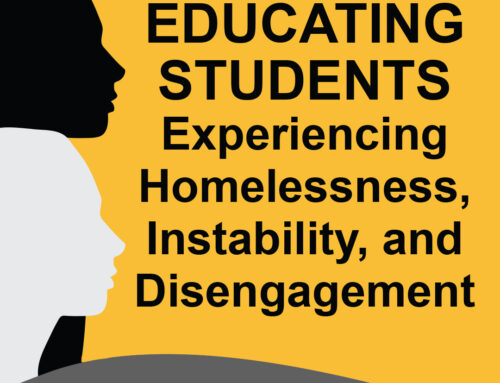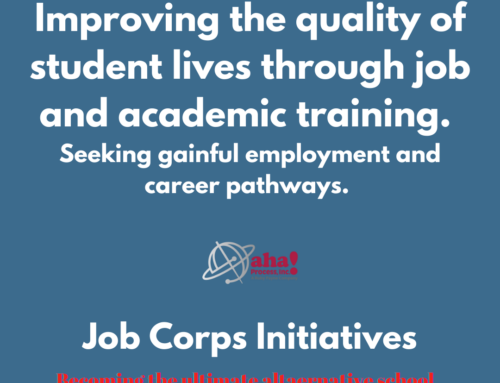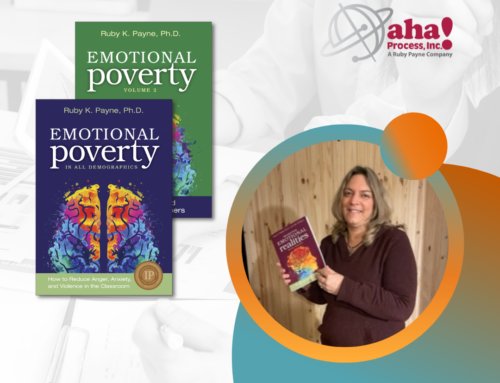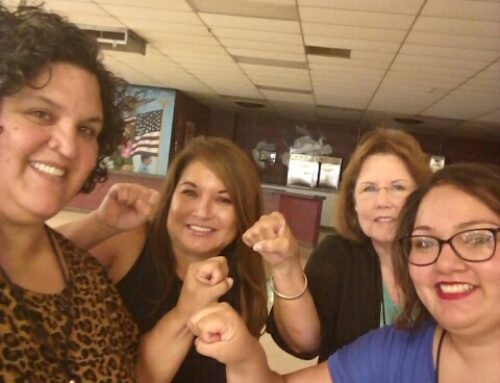Perhaps I’ve gotten way ahead of myself, a condition I should be used to by this time. I started writing a blog without explaining why. Is it meant to be simply an online journal? A place to sound off? I don’t think so. It’s much more about the thoughtful conversations that are generated.
I’m here at the National Educational Computing Conference (NECC) 2007 in Atlanta and just attended a session on blogging. I was reminded that the purpose of a blog must be clear, not simply using a new tool because it’s the “in” thing to do.
I’d make these points in general:
1. While blogging may have started as simple online journaling, it has moved way beyond that now and become much more useful. The first act of blogging is reading. The second is reflection, either in your blog or by leaving comments on and reactions to writing in another blog. One could, however, react to articles, books, concepts, news, etc. The point is that it becomes a reflective conversation amongst people who are interested in similar things. Please see http://supportblogging.com/Links+to+School+Bloggers for a linked list of blogs by classrooms, students, teachers, principals, administrators, and more. Check out the wealth of information that is available, and note your own reactions as you read. Welcome to the value of blogs—reading, reflecting, responding—promoting a deeper, broader conversation about educational issues in cyberspace.
2. Beyond the link above, the search engine Technorati (http://technorati.com/) tracks key words for 65 million blogs and two million posts per day. Interested in raising llamas? Type in the word llama and see posts that relate to the topic. Interested in professional development or chaos theory or learning organizations or fractals? Enter the term of choice and see who else in the world is thinking and writing about the topic.
3. Blogging is just one of an ensemble of new applications on the web, indispensable to the professional in the 21st century, called Web 2.0 (also called the Read/Write Web). Whether it is RSS feeds, Flickr, Furl, or something else, a new wave of information management tools for professionals is here. You can find lots more information about Web 2.0 at http://www.kn.pacbell.com/wired/fil/pages/listweb20s.html#cat5. This page has lots of links, so don’t be overwhelmed. Look at the introductory articles to get a sense of what is available and how it might be of use.
So this is a blog: reading, reflecting, responding. By doing so, you have access to not only my thinking, but also the thinking of others who respond. And you have additional links that may be useful to you on your learning journey. By the way, don’t forget to check out the links to NECC 2007. You’ll find compelling streaming videos, podcasts, and presentation materials from the conference. Can you see the power of this new set of resources? Even if you weren’t at the conference, you have some access to it through these new tools. It’s an information smorgasbord!
Links:
Streaming videos: http://center.uoregon.edu/ISTE/NECC2007/program/video_on_demand.php.
Podcasts: http://center.uoregon.edu/ISTE/NECC2007/program/podcasting.php
Presentation materials: http://center.uoregon.edu/ISTE/NECC2007/program/presenter_handouts.php
About the author:
Walter “Skip” Olsen is a contributer to the eNews: Leader Learners newsletter aha! Process, Inc. produces for busy principals. Find out how to receive the newsletter here.








